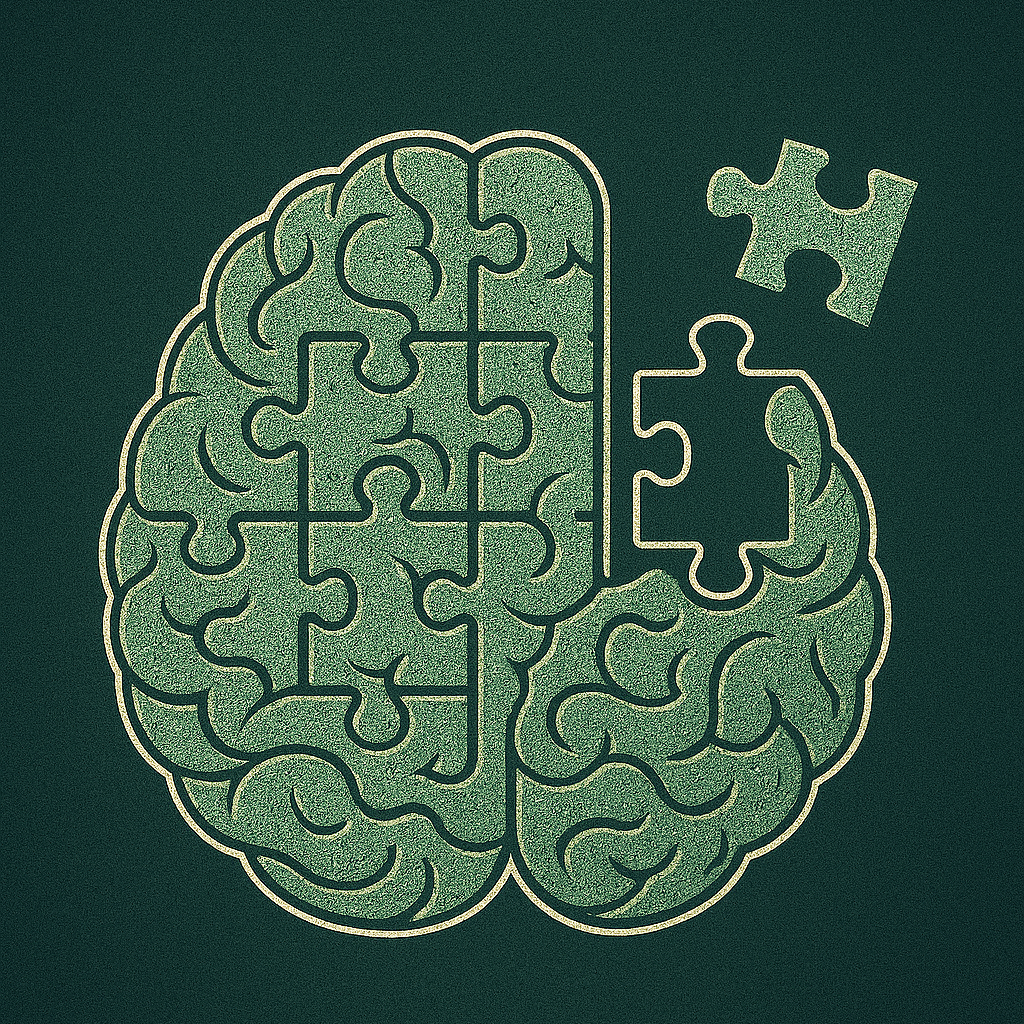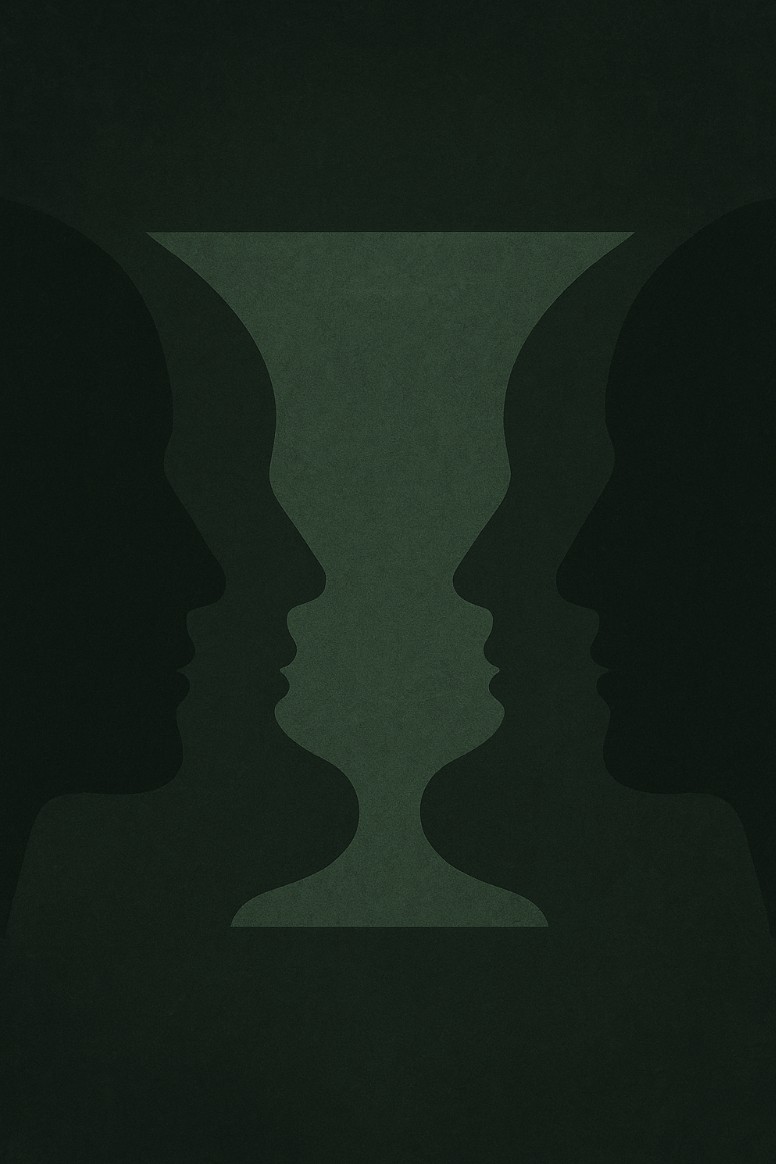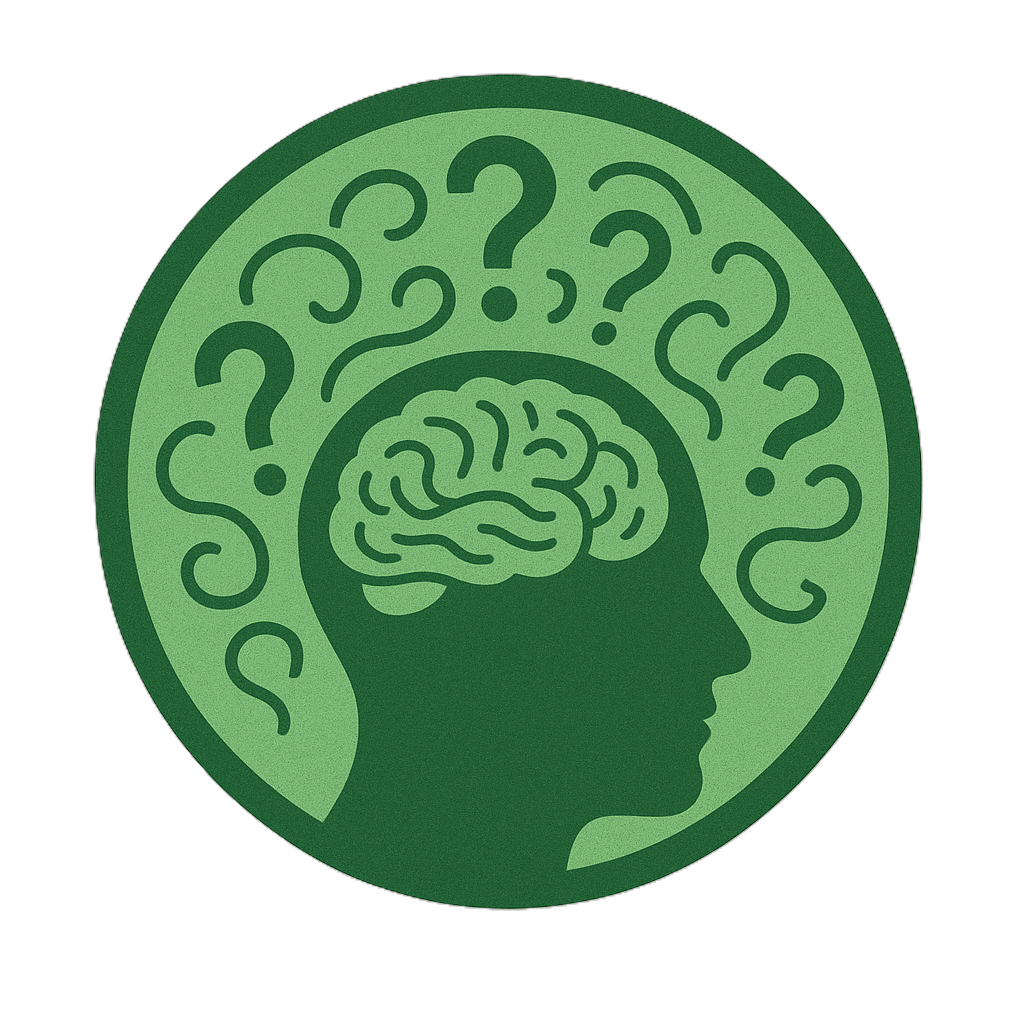
How false memories are formed
Human memory is reconstructive, not photographic. Each time we recall an event, our brain actively rebuilds it, often blending imagination, expectations, and external information.
Factors like social influence, misinformation, and contextual cues can subtly alter how we remember events. Over time, repeated discussions or exposure to incorrect details can transform these distortions into shared truths.
The Role of Cognitive Biases
Several cognitive biases help explain the Mandela Effect.
Source confusion occurs when people forget where a memory originated.
The familiarity effect leads us to trust information simply because it feels recognizable.
Social suggestion amplifies false memories when groups validate and reinforce them.
Together, these mechanisms reveal how the human brain strives for coherence — even at the expense of accuracy.

Memory, Belief and Perception
The Mandela Effect is less about parallel universes and more about the psychology of belief and perception. It shows how memory is shaped by meaning, not just facts, and how collective agreement can create powerful illusions of truth.
By studying this phenomenon, psychologists gain deeper insight into how humans construct, share, and sometimes distort their understanding of reality.
